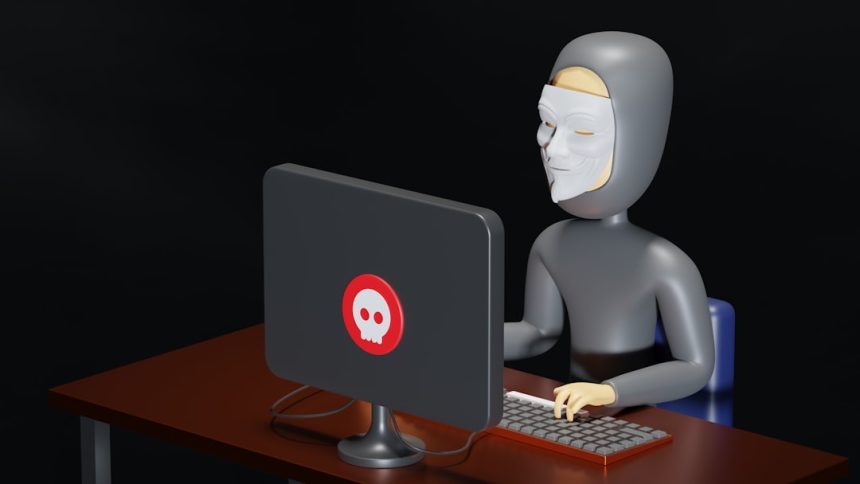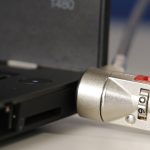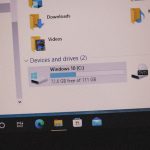The Windows operating system contains numerous system processes and files that work behind the scenes to deliver a secure and efficient user experience. One such file that often raises questions, especially among security-conscious users, is lsalso.exe—sometimes misspelled or confused with the legitimate Windows process lsass.exe. While they may appear similar, it’s critical to understand their differences, relevance, and potential security implications. This guide explores the nature of lsalso.exe, its purpose (if any), and what users should do if they see this executable file running on their system.
What Is Lsals0.exe?
At first glance, lsalso.exe seems like a legitimate Windows process. The name is deceivingly close to lsass.exe, which is a core system process called the Local Security Authority Subsystem Service. However, there is no known or documented legitimate Windows process named lsalso.exe. This is a red flag.
Cybersecurity researchers and analysts have determined that lsalso.exe is commonly associated with malware, particularly Trojan horses or spyware designed to mimic legitimate processes to gain user trust. Its name takes advantage of the visual similarity between the lowercase letter “l” and the number “1”, or the letter “s” and the number “5” to mislead users.
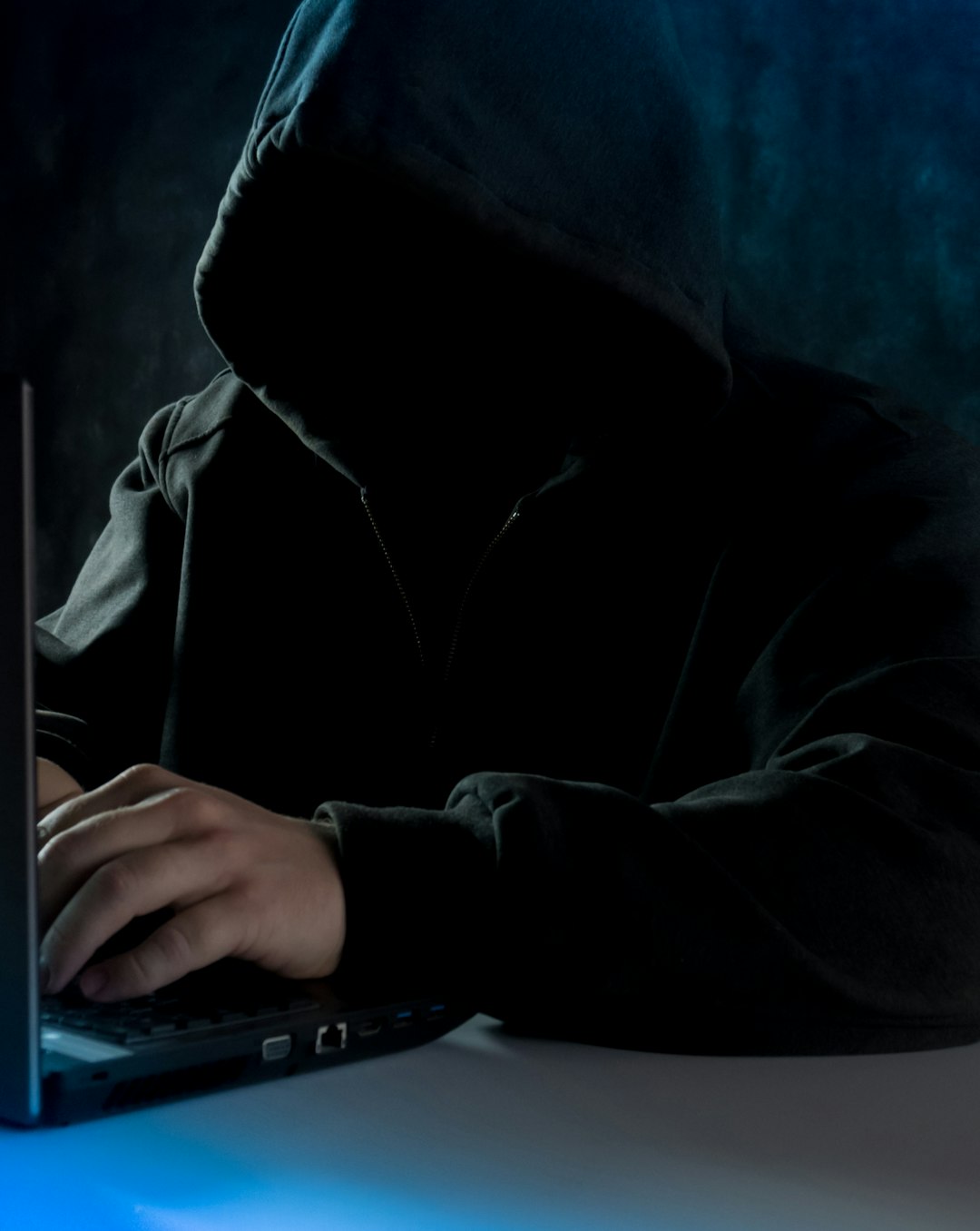
Lsals0.exe vs Lsass.exe: Spotting the Difference
The most important step in understanding lsalso.exe is recognizing how it differs from its legitimate counterpart:
- Legitimate Process: lsass.exe – Located in
C:\Windows\System32. It is a vital Windows system process used to enforce security policies, log in users, and manage password changes. - Suspicious File: lsalso.exe – Often found in unusual directories like temporary folders or
C:\Users\[username]\AppData. It is not a recognized Windows system file and has no legitimate function in normal operation.
Due to the similarity in naming conventions, developers of malicious software use lsalso.exe to fly under the radar, especially on systems where users or administrators don’t double-check file paths carefully. This form of typo-squatting is particularly insidious in cybersecurity.
Why Is Lsals0.exe on My Computer?
If you find lsalso.exe running on your PC, it is highly likely that your system has been infected. Most commonly, this file is introduced through:
- Downloaded pirated software
- Email attachments disguising executable files
- Fake software updates or installers
- Malicious ads or drive-by downloads from insecure websites
Once installed, the malware may perform a variety of harmful activities such as data theft, system hijacking, remote command execution, or spyware operations that monitor user activities without consent.
Is Lsals0.exe a Virus?
Yes, in the vast majority of cases, lsalso.exe is considered a virus or malware. This file has no documented connection to any safe or legitimate Windows process. It is commonly flagged by antivirus solutions as:
- Trojan.Win32.Generic
- Backdoor.MSIL.Agent
- Spyware.Keylogger
- PUA (Potentially Unwanted Application)
Reputable antivirus and endpoint protection tools such as Windows Defender, Malwarebytes, Bitdefender, and Kaspersky typically identify the file as malicious and recommend immediate removal.
How to Check if Lsals0.exe Is Running
If you suspect that lsalso.exe might be on your machine, follow these steps to verify:
- Press Ctrl + Shift + Esc to open Task Manager.
- Click on the Details tab to see a list of running executables.
- Look for anything named lsalso.exe.
- Right-click the process and choose Open File Location.
If the file is located anywhere other than C:\Windows\System32, especially in folders like Temp or AppData\Roaming, it is almost certainly malicious.
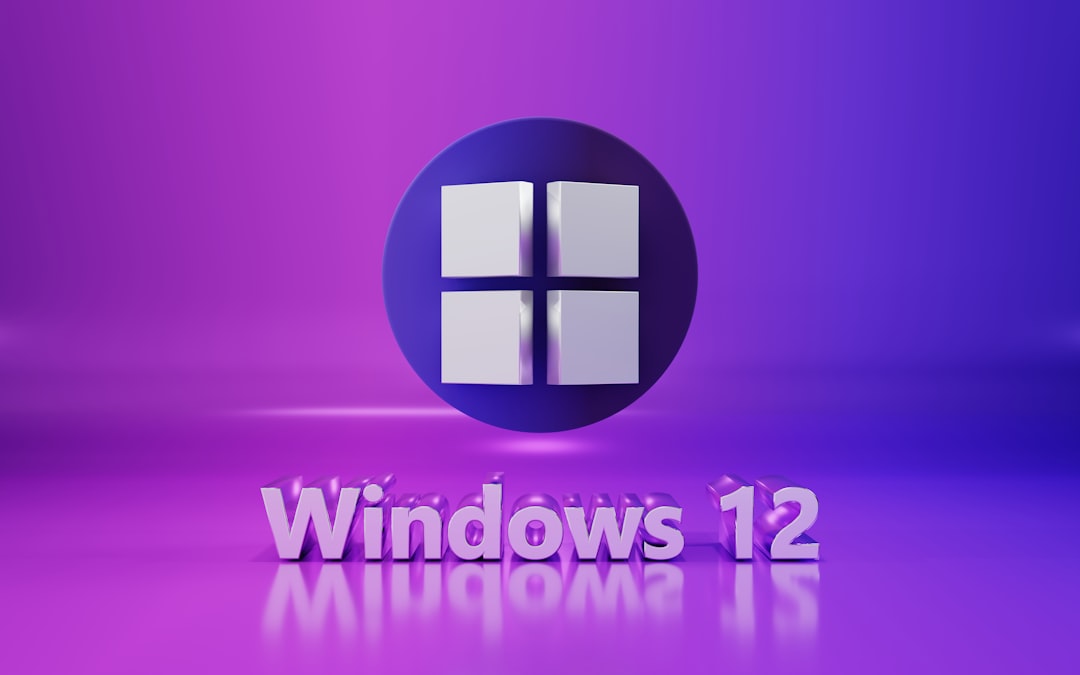
How to Remove Lsals0.exe From Your System
Removing lsalso.exe requires caution, as improper handling could impact your system’s stability or leave remnants of the malware behind. Here’s a recommended step-by-step procedure:
Step 1: Reboot into Safe Mode with Networking
- Open the Start menu and click on Settings.
- Navigate to Update & Security » Recovery.
- Click Restart Now under Advanced Startup.
- Choose Startup Settings » Enable Safe Mode with Networking.
Step 2: Run a Full Malware Scan
Use a highly recommended antivirus or anti-malware tool. Here are some suggested tools:
- Windows Defender (built-in Windows antivirus)
- Malwarebytes Anti-Malware
- HitmanPro
- Kaspersky or Bitdefender Full Scan
Make sure to update virus definitions before scanning to ensure detection of the latest threats.
Step 3: Delete Lsals0.exe and Associated Files
- Use the antivirus solution’s scan results to remove the file.
- If necessary, navigate to the file location via File Explorer and manually delete it (after ending its process).
- Check your startup programs with
msconfigor Task Manager to ensure no entries launch the file at startup.
Step 4: Clean the Registry (Advanced Users Only)
Malware often creates registry entries to ensure persistence. After backup, use regedit to search for entries related to “lsalso.exe” and delete them carefully.
How to Prevent Future Infections
Prevention is always better than cure. Use these best practices to protect your system from suspicious files like lsalso.exe in the future:
- Keep your Windows system updated with the latest security patches.
- Install reputable antivirus software and keep it updated regularly.
- Avoid downloading unknown or pirated software, especially from unverified sources.
- Never click on suspicious email attachments or links.
- Use a firewall to monitor incoming and outgoing traffic.
Conclusion
The presence of lsalso.exe on a Windows system should be treated as a potential security breach. It is not a legitimate process and is instead widely associated with malware and unauthorized surveillance activities. If you discover this executable running, immediate action is required to remove the threat and restore your system’s security.
By understanding what lsalso.exe is, how it differs from legitimate files, and conducting regular scans and preventative measures, you can significantly reduce your risk of infection. The Internet has no shortage of spoofed files designed to deceive users, and vigilance is your best weapon in staying safe online.
